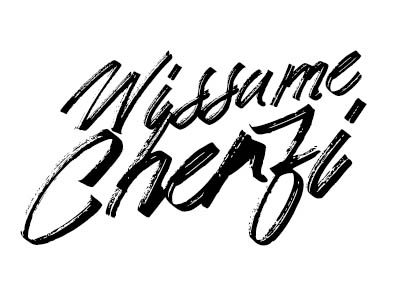There is a misconception about people who declare not to be attached to things. Some think that, by being detached to things, they have managed to detached themselves from other people. They think that this philosophy leads to live superficial relationships with others. That they don’t care for the existence of others than themselves. That, they are selfish. I have crossed paths with many people who have shared this thought with me. As if, the love and attachment you feel for things, mirrors the love you have for people. This is absurd. In fact, it’s quite the opposite. By detaching ourselves from things, we are getting closer to people. As if the fog we lived in for so long suddenly disappeared and revealed an entire new world. Since I have embraced a more minimalist and sustainable way of consuming, I started to engage in relationships in ways that I did not experience before. Things, from my own experience, are often the reason why we are in conflict with another person, totally blinded by the value of the object rather than the one of the person.
Over things, I choose people. That’s a conscious choice I have made about ten years ago, when I was unemployed for the first time in my life. It came from a necessity to get rid of items to making a few extra quids in addition to my jobseeker allowance. By doing so, I experienced minimalism before I knew it was a thing. More importantly, I experienced the feeling of real fullness for the first time. My life was full of things but empty in so many ways. At that moment, I had very little (things) but I felt complete, almost reconnected to my true self. The feeling struck me one day. Just a few minutes after having sold most of the objects that were getting dusty in my apartment, I remember sitting back on my sofa, looking around my empty small studio in Dublin and feeling “lighter”. As if these things weighed on me more than they should have because I gave them too much importance. I was scared to lose them. But what really went away that day is not the physical items, but rather the emotional attachment I had for them.
At the time, I quite did not know what was happening to me. As mentioned earlier, I did not know what the minimalist movement was. I just did what felt necessary at the time to later realize that, in reality, I did what was natural: to detach myself from material things allows me to embrace more meaningful experiences.
Since then, I have been making conscious choices before buying things. It works most days. But some others, I have the urge to buy things in order to cope with an emotion I feel. It is called “emotional buying” and it seems to appear when I want to make a purchase for my four-year-old son. While I am writing this, he is standing next to my desk, playing with Clics construction toys that he shaped into ‘imaginary’ parrots. Looking around the living room at his playing area, I see toys have not been used in months. He has his favorite ones. More importantly, he uses things. He does not seem to be attached to the vast majority of the toys he has. In fact, he loves to take toys and create an entire new meaning for them that makes sense for him.
Minimalism – or the concept of living with less material things – is probably much more than a trend. It is a natural state for humans, a sort of reconnection with whom we truly are. That’s the way I felt when I sold all the items I did not need in my tiny Dublin’s studio. With fewer things around me, I feel better. Living with less (things) does not mean that you are missing out. It’s pretty much the contrary. Love people, use things, as the minimalists Joshua Fields Millburn & Ryan Nicodemus love to say.
Wissame
